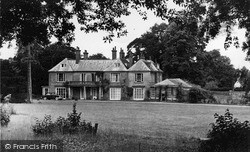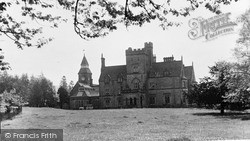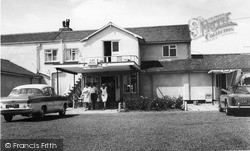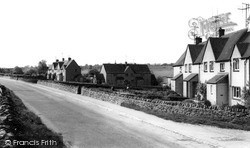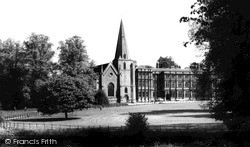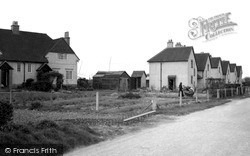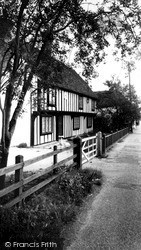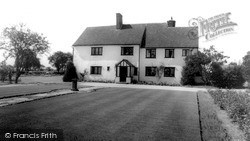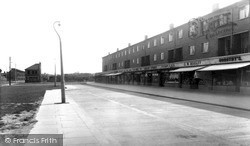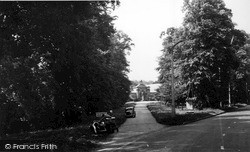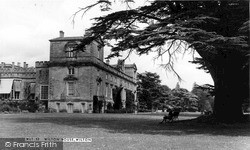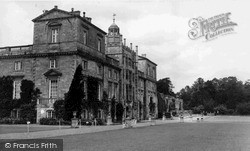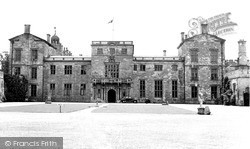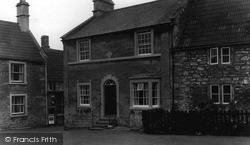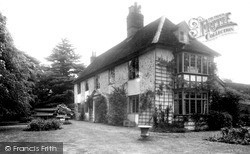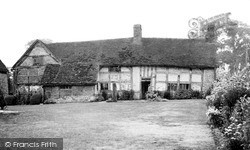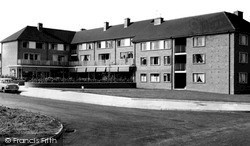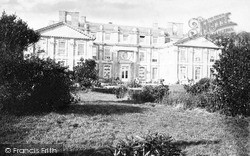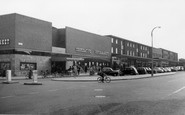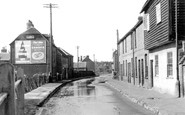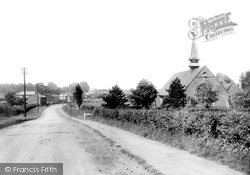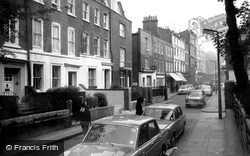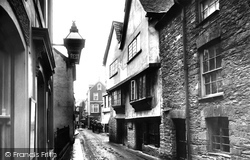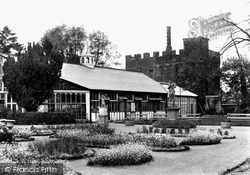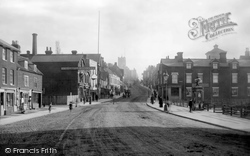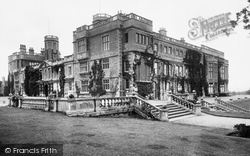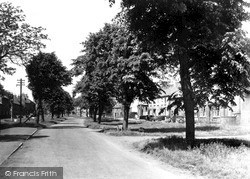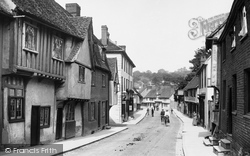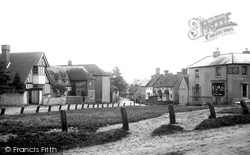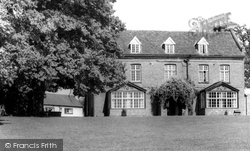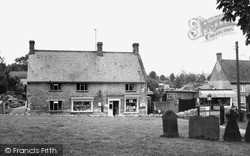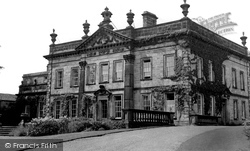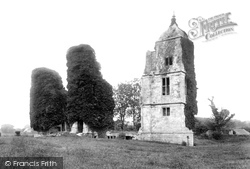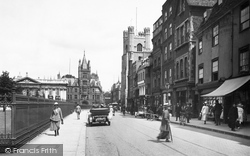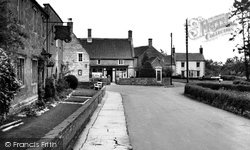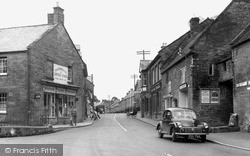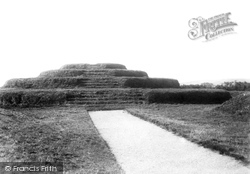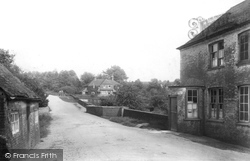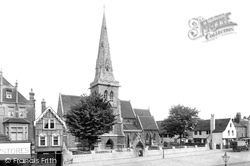Places
36 places found.
Those places high-lighted have photos. All locations may have maps, books and memories.
- Chatsworth House, Derbyshire
- Osborne House, Isle of Wight
- Brambletye House, Sussex
- Ickworth House, Suffolk
- Kingston Lacy House, Dorset
- Boscobel House, Shropshire
- Preshute House, Wiltshire
- Bolton Houses, Lancashire
- Brick Houses, Yorkshire
- Quaking Houses, Durham
- Water Houses, Yorkshire
- Bottom House, Staffordshire
- New House, Kent
- Mite Houses, Cumbria
- Lyneham House, Devon
- Church Houses, Yorkshire
- Dye House, Northumberland
- Spittal Houses, Yorkshire
- Street Houses, Yorkshire
- Tow House, Northumberland
- Halfway House, Shropshire
- Halfway Houses, Kent
- High Houses, Essex
- Flush House, Yorkshire
- White House, Suffolk
- Wood House, Lancashire
- Bank Houses, Lancashire
- Lower House, Cheshire
- Marsh Houses, Lancashire
- Chapel House, Lancashire
- Close House, Durham
- Guard House, Yorkshire
- Hundle Houses, Lincolnshire
- Hundred House, Powys
- Thorley Houses, Hertfordshire
- School House, Dorset
Photos
7,776 photos found. Showing results 581 to 600.
Maps
370 maps found.
Books
1 books found. Showing results 697 to 1.
Memories
10,360 memories found. Showing results 291 to 300.
Whitley Bay Colman Cafe Boarding House On The Esplanade
Does anyone remember a cafe / boarding house on the Esplanade, called Colman or Colman's? It was run by some relatives of mine and I am trying to trace the family tree; I do not know their ...Read more
A memory of Whitley Bay in 1930 by
Wonderful Times
My father moved to Cold Meece in 1960 to take up his job as a prison officer at the nearby Drake Hall open prison, and we stayed there for a couple of years before we moved to live at the prison itself. At the time I was between 9 ...Read more
A memory of Coldmeece in 1962 by
Talke A Forgotten Village
As you proceed north along the A34 towards the Cheshire border you will approach Talke traffic lights and on the left and right side of the road there are two areas of grassed land. This grassed area was once the village of ...Read more
A memory of Talke in 1959
Derry Hill Wiltshire
I did not live in Derry Hill, but rented a cottage there, Primrose Cottage, in 1990. I was introduced to Wiltshire in the 1980s by my husband's mother who had been based near Pewsey in the Land Army during the Second World ...Read more
A memory of Derry Hill in 1990
Ashby Broadway
I lived in Ashby as a child, and when I started attending Ashby Girls' School on Ashby Turn, I had to walk from the bottom of Ashby to the top every day, rain or shine. When I was 11 in 1948, Broadway was nothing more than an overgrown ...Read more
A memory of Ashby in 1958 by
Colindale The Early Years
I was born in the house on the corner of Woodfield Avenue and New Way Road in 1944 and lived there until the end of the 1970s. My birth was in fact on Friday the 13th of October, which coincided with the dropping of a V2 ...Read more
A memory of Colindale in 1958 by
Horney Common As A Child
I was born in London in 1938. When war broke out the following year my father sent my mother and myself down to Devon but soon after that he, and many of his regimental colleagues in the Army, rented a large country ...Read more
A memory of Horney Common in 1940 by
Fun Times
I was born in Lower Aire Street in 1944, my brother was born in 1942. I left when I was 8 years old but can still remember the street. We lived next door to Mr and Mrs Wiley on one side and Mrs Hargreaves on the other ...Read more
A memory of Windhill in 1944 by
Mothers Memorys
Aunt Gladys had a lovely wedding at Ospringe church, bells rang and choir boys sang. We had lovely pink silk dresses and everything to match. Aunt Gladys married Wally Fever. Uncle Wally's parents lived in a big white house in ...Read more
A memory of Ospringe in 1910 by
Family
My nana Winnie Williams has lived in Cefn Hengoed for a very long time and is now nearly 103 years old. Her late husband was Cled Williams who was a councillor in the surrounding area who died before I was born. They had 5 children: Cled, ...Read more
A memory of Cefn Hengoed in 2009 by
Your search returned a large number of results. Please try to refine your search further.
Captions
6,977 captions found. Showing results 697 to 720.
A country lane, a straggle of houses and open countryside is all we see as we look down Collier Row Road with the Church of the Ascension on the right.
Most of the terraced houses in this view are 18th-century, including the one behind the tree with the pedimented doorway (far right).
This fully licensed house later featured exotic food from the Far East. Note the weatherboarded houses, so typical of Kent.
Some of the best houses in Feckenham are clustered around the village green, or the Square, though only glimpses are revealed here.
The early 17th-century house with the timber facade belonged to Sir Paul Pindar, who was visited here by both James I and Charles I.
Fowey's straggling main street runs parallel with the river between the Custom House and Town Quay. On the right is the historic house called Noah's Ark, with its twin gables and jettied front.
Rye House 1904 The front aspect of the mid-15th-century red brick gatehouse of Rye House, the scene of the ill-fated 1683 Whig conspiracy to ambush Charles II as he returned to London from Newmarket
The houses on the right have long gone, and have been replaced by a wide modern road whose only virtue is the exposure of the Roman wall formerly concealed behind the houses.
To the left of the pub is the site of the house where Abbot John Reeve lived from the closure of the abbey in November 1539 until his death in April 1540.
This magnificent house is situated in grounds landscaped by Capability Brown. Its avenues were planted following a visit by William III.
Virtually joined to Thirsk even fifty years ago, Sowerby was the home of the wealthy, with Sowerby House off to the left, and de Mowbray House at the far end of The Avenue.
The houses on the left were built in the late 15th century, before oak grew scarcer. Hence the heavy, narrow-spaced timber- framing.
Between the village hall and the large windowless barn on the left, the picturesque group of houses has now been converted to Lion House.
THE BANK HOUSE AND MOTEL c1965. Bransford's original bridge over the River Teme was built by a local cleric, Bishop Wulstan de Bransford, in 1338.
Looking across from within the churchyard is the post office, which occupies an 18th-century stone house.
The house was designed in the mid 18th century by Richard, Earl of Burlington. Later it was the home of the Bradford industrialist Samuel Cunliffe Lister, later Lord Masham.
The gardens we see in photograph H32090 can be seen just beyond the cars on the left, with St Hilda's Church behind the houses on the left.
This ruinous Jacobean manor house, about half a mile north-west of Forest Row, was built in 1631 for Sir Henry Crompton, MP for East Grinstead.
Gonville and Caius College is on the left, along with James Gibbs' elegant Senate House, where students are awarded their degrees.
The Manor House (left), formerly Ditcheat House, was built for Robert Hopton early in the 17th century.
This village prospered thanks to the quarries on Ham Hill, and the High Street has some fine 17th-century houses built in Ham stone.
Godred Crovan created the 'House of Keys', and in his day it included representatives from the Hebrides, but since 1266 it has been comprised solely of Manxmen.
The post office on the right superseded the toll house on the turnpike (1711). Note the semicircular door made to reflect the similar shape of the toll keeper's office.
Church House, on the right, also dates back to the 1400s; it has been a private residence, a priest's house and an inn. Behind is the Wykeham Hall built in 1909.
Places (80)
Photos (7776)
Memories (10360)
Books (1)
Maps (370)




